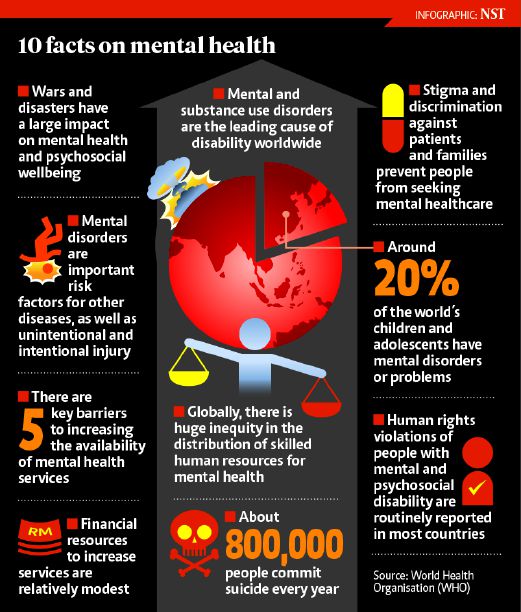How Can Mindfulness Help With Ocd
How Can Mindfulness Help With Ocd
Blog Article
Exactly How Does Situation Intervention Work?
The initial step in crisis treatment entails making sure that the customer is risk-free. This can include assessing for factors like frustration or accessibility to harmful objects.
The next step entails discovering more about the client's existing troubles. This is often done through active listening and compassion. This can aid the situation responder determine exactly how the circumstance rose to a crisis.
De-escalation
Many elements can trigger a person to get in a state of situation. These factors may include a loss of control, absence of sources or sensations of fear and anxiety. Typically, individuals that remain in a state of situation require prompt help and support.
To de-escalate a crisis situation, the initial step is to make sure that the customer is secure and safe and secure. This can consist of getting them into a mental health clinic or other treatment program. It may likewise include supplying help and solutions, such as sanctuary and food.
When the customer is securely in a secure setting, the situation treatment employee can start analyzing their feelings and demands. This entails evaluating the speeding up occasion, the customer's assumptions of the definition and factor of the case, and the quantity of subjective distress. This details will certainly assist the dilemma treatment employee establish an action plan to reduce distress and improve functioning. They may additionally ask the customer to recommend healthy and balanced or flexible cognitions regarding their present circumstance.
Connection structure
Connection is a soft ability that assists you develop depend on and develop two-way interaction. It is likewise a crucial part of structure connections at the office. It's a needed ability for all staff member, however it's particularly essential for customer-facing experts and people in leadership settings.
Connection structure includes producing a risk-free, nonjudgmental area where clients can discuss their feelings and share their experiences. It focuses on empathy, validation and useful assistance. It likewise aims to empower clients by offering info regarding regional resources and services, such as crisis therapy or walk-in facilities.
Some customers hesitate to speak about delicate or individual subjects, so it is very important to take their lead. It is likewise a good idea to ask concerns that are clear and concise. By doing this, clients will understand what is being said and can feel comfy sharing their ideas and sensations. It's also valuable to suggest clients about high quality reading product that can help them manage their crises.
Problem-solving
The analytical procedure aids individuals recognize problems and make plans to resolve them. It is a critical part of dilemma treatment. This procedure involves assessing lethality, developing relationship, and discussing the crisis circumstance. It additionally consists of active listening and empathy. This kind of paying attention is an essential step in the dilemma treatment procedure due to the fact that it needs you to put the client and their feelings first. It likewise urges you to get rid of any biases and judgment that might obstruct of developing a relying on relationship.
It is essential to assess the customer's assumption and interpretation of the event that brought about the crisis. The dilemma employee should work to recognize and resolve cognitive errors and assist the customer develop a much more flexible context. This may include reviewing positive coping approaches, which can be useful in minimizing the degree of distress. It can likewise entail exploring alternate coping approaches that the client might have attempted.
Follow-up
During this step, the dilemma treatment worker assists customers identify their sources and support systems. They likewise urge the client to make use of adaptive coping methods. They additionally reframe their negative thinking patterns and help them create realistic frames of reference for the scenario.
In this step, the dilemma employee verifies the customer's feelings and experiences and assures them that they will certainly improve. This step likewise consists of psychiatrist near me establishing a genuine favorable regard for the client and revealing that they care about them.
It is very important for the customer to feel risk-free and comfy. To accomplish this, the crisis therapist should reveal empathy and energetic listening skills. After that, they need to help the customer identify any type of triggers for suicidal ideas. Finally, they need to provide a follow-up strategy to avoid suicide and deal recommendations if necessary. To apply this design, counselors require a documenting solution that permits them to remember quickly and successfully. This allows them to concentrate on their client's needs instead of navigating a difficult paperwork system.